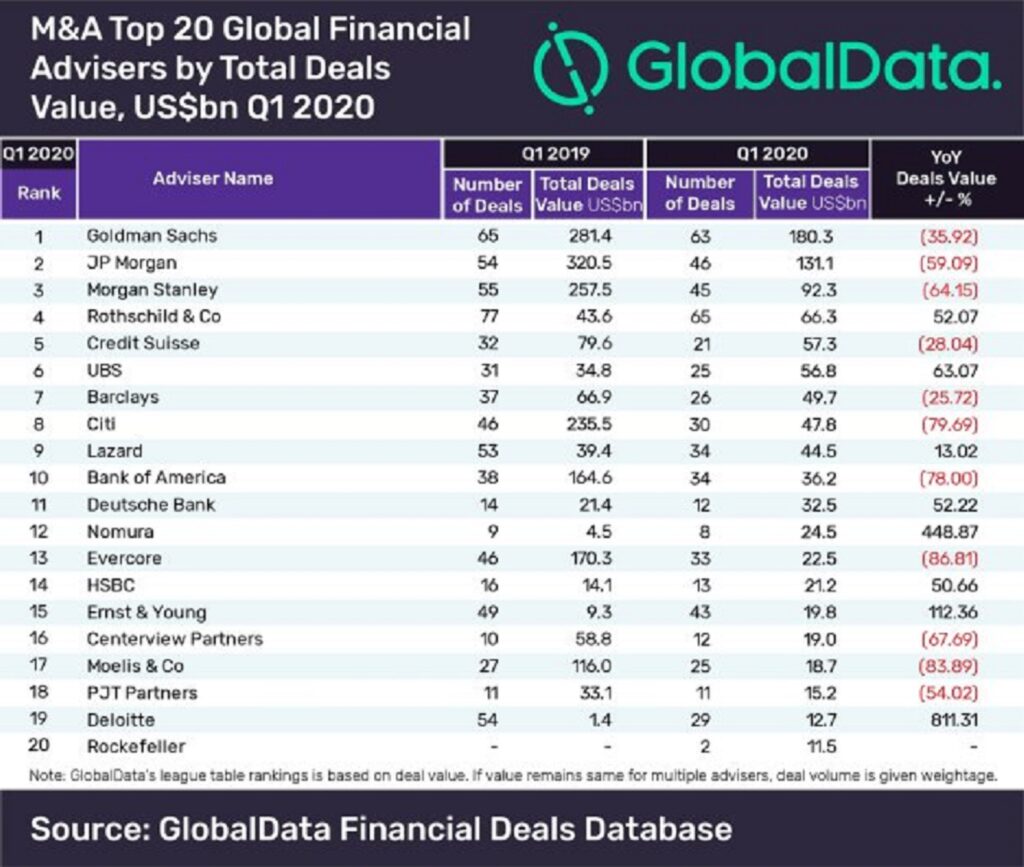A simple definition of a middle market bank is an investment bank that lies between a bulge bracket and a boutique bank. They offer more services than just Mergers and Acquisitions and Restructuring, like Equity Capital Market and Debt Capital Market, but their deal sizes are worth less than that of a bulge bracket one (normally from $50 million to $500 million).
Some more distinguishable features, please!
- Middle market banks have a firm reputation in their home countries with offices spanning across multiple regions, but their international reputation is nothing compared to bulge bracket banks.
- The service range is wider than boutique banks, but the diversity and strength are not as good as bulge bracket banks either.
- Sales and Trading and Equity Research are their most significant services besides investment banking product groups.
- Exit opportunities, although brighter than boutique banks, are still somewhat limited with entry into small or mid-size private equity and hedge fund firms. Corporate finance, however, is a good fit for this category.
You can find three types of businesses in the market, large-sized, middle-sized, and small-sized. These sizes depend on the revenue of the business, and the number of employees that it holds. For example, companies that have their annual revenues in the range $10 million – $500 million and have 100-2000 employees, fall under the mid-sized businesses. And they are the ones we will be talking about here. The owners of these businesses need funds now and then to keep their company running. For that, they take help from specific banks. The banks that are concerned with debt raising or equity capitals of these companies are known as Middle Market Investment Banks.
You must be thinking about why these markets have specific banks? The reason is simple. Just like these businesses, banks also work on different financial levels. For example, a small bank cannot provide debts to a large-sized company as they need money in millions and billions.
If you have a mid-sized business and you need help, then we have brought here the list of top middle-market investment banks that you can seek advice from.
Besides advising on deals in this approximate size range, MM banks also have these characteristics:
- Geography: They tend to have a solid presence in their home countries, with multiple offices in different regions, but they often have far less of an international presence than the bulge brackets.
- Services Provided: These firms operate in ECM, DCM, M&A, and sometimes restructuring, and they have other divisions such as S&T and ER. But in practice, they may be less diversified than they appear at first glance; for example, some MM banks focus on deals in 1-2 of these areas and don’t do much elsewhere.
- Exit Opportunities: It’s extremely difficult to win offers at mega-fund and upper-middle-market private equity firms coming from here. It is more plausible to win offers at smaller PE firms and hedge funds or to move to corporate development, corporate finance, or a larger bank.
Reasons to work in a Middle Market Bank
- The culture and lifestyle at some of these firms are more relaxed than what you’ll find at the BB banks;
- You might get more responsibility and client interaction on deals;
- You’ll arguably learn more about the deal process and rationale – which can be very helpful in private equity recruiting – than you would at the large banks.
Middle market banks are also a solid option for career bankers who have worked at larger firms, developed a client list, and now want better hours and more of a life outside of work.
And if you got started late as an undergrad or recent grad, you’re a career changer, or you otherwise have some big obstacle to breaking in, MM banks offer a solid entry point.
Sources:
financialtalkies.com
bankingprep.com
mergersandinquisitions.com
Image by wallstreetmojo.com





